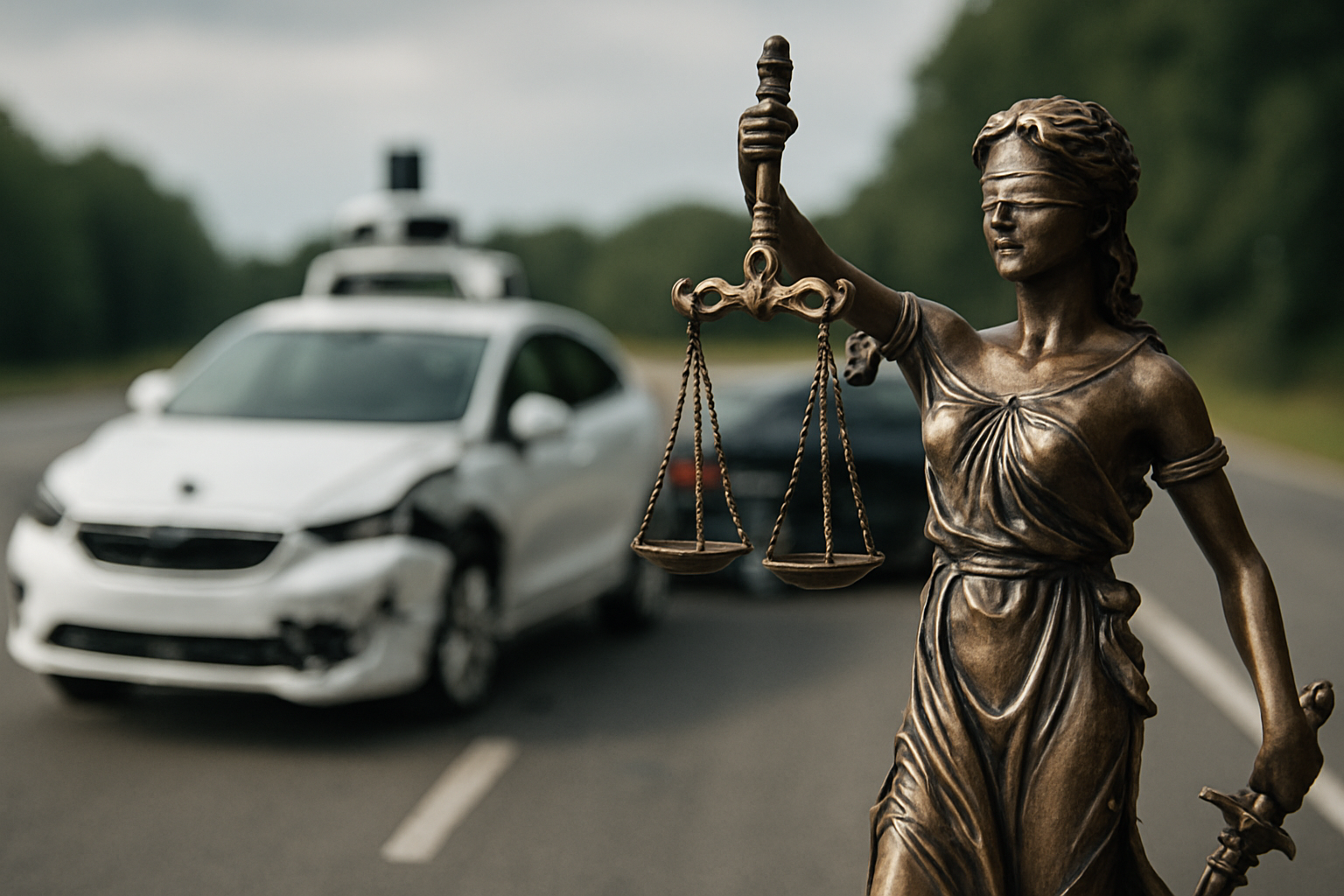Title: Legal Challenges in Regulating Autonomous Vehicles
Introduction: As autonomous vehicles edge closer to widespread adoption, legislators and legal experts grapple with unprecedented challenges. This article delves into the complex legal landscape surrounding self-driving cars, exploring the intricate balance between innovation and public safety.

Historical Context of Autonomous Vehicle Regulation
The journey towards regulating autonomous vehicles began in the early 2000s when the technology first emerged from research laboratories. Initially, lawmakers struggled to keep pace with rapidly evolving self-driving capabilities. In 2011, Nevada became the first state to pass legislation allowing the operation of autonomous vehicles on public roads, setting a precedent for other states to follow. This marked the beginning of a patchwork of state-level regulations that would eventually necessitate federal intervention to ensure consistency and safety standards across the nation.
Current Regulatory Landscape
Today, the regulatory environment for autonomous vehicles remains fragmented. While some states have embraced the technology with open arms, others have adopted a more cautious approach. At the federal level, the National Highway Traffic Safety Administration (NHTSA) has issued guidelines for automated driving systems, but these lack the force of law. The absence of a comprehensive federal framework has led to uncertainty for manufacturers and consumers, hindering the widespread deployment of self-driving vehicles.
Liability and Insurance Challenges
One of the most pressing legal issues surrounding autonomous vehicles is the question of liability in the event of an accident. Traditional auto insurance models, which are based on human error, become obsolete when artificial intelligence takes the wheel. This has prompted insurers and lawmakers to explore new paradigms for assigning responsibility and compensating victims. Some proposed solutions include shifting liability to manufacturers or creating no-fault insurance systems specifically for autonomous vehicles.
Cybersecurity and Data Protection Concerns
As vehicles become increasingly connected and reliant on software, they also become more vulnerable to cyber attacks. The potential for hackers to remotely control a vehicle or access sensitive passenger data raises serious safety and privacy concerns. Legislators are grappling with how to mandate robust cybersecurity measures without stifling innovation or imposing undue burdens on manufacturers. Additionally, the vast amounts of data collected by autonomous vehicles present challenges in terms of ownership, storage, and protection under existing privacy laws.
Ethical Considerations and Algorithmic Decision-Making
The programming of autonomous vehicles inevitably involves ethical decisions that have traditionally been made by human drivers in split-second moments. For example, how should a self-driving car prioritize the safety of its passengers versus pedestrians in an unavoidable collision scenario? These ethical dilemmas raise complex legal questions about the accountability of AI systems and the transparency of their decision-making processes. Lawmakers must consider how to regulate the development and deployment of algorithms that make life-or-death choices on our roads.
Impact on Employment and Labor Laws
The widespread adoption of autonomous vehicles is expected to have a significant impact on the job market, particularly in the transportation sector. As traditional driving jobs become obsolete, new legal frameworks may be necessary to address worker displacement and retraining. Labor laws may need to be updated to account for new roles that emerge in the maintenance and oversight of autonomous fleets. Additionally, the gig economy, which relies heavily on human drivers, may face disruption, necessitating a reevaluation of worker classification and benefits in the age of AI-driven transportation.
International Harmonization Efforts
As autonomous vehicles cross borders, the need for international cooperation in regulation becomes apparent. Efforts are underway to harmonize standards and create a global framework for the operation of self-driving cars. Organizations such as the United Nations Economic Commission for Europe (UNECE) are working to develop international guidelines that can be adopted by member countries. However, reconciling different legal systems, driving cultures, and technological capabilities presents significant challenges to achieving a truly unified approach.
Conclusion
The legal challenges in regulating autonomous vehicles are as complex as they are numerous. As technology continues to evolve at a rapid pace, lawmakers must strike a delicate balance between fostering innovation and ensuring public safety. The development of a comprehensive legal framework for self-driving cars will require collaboration between governments, industry leaders, and legal experts. By addressing issues of liability, cybersecurity, ethics, and labor impacts, we can pave the way for a future where autonomous vehicles safely and efficiently transform our transportation landscape. The decisions made today in courtrooms and legislative chambers will shape the roads of tomorrow, making the ongoing legal discourse surrounding autonomous vehicles a critical component of their successful integration into society.





